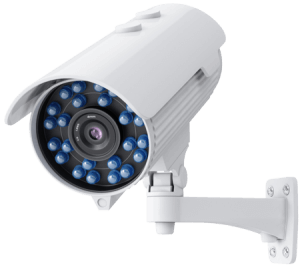Security Camera Surveillance

Security camera footage can be helpful in managing insurance claims. In addition to recording property damage or catching a burglar “in-the-act,” surveillance of every day activities around your client’s home or business can be useful when investigating liability claims. Business owners, in particular, are likely to face liability claims from customers involving incidents like slips and falls on their premises. Here we offer some security camera best practices that you can share with your clients.
BEST PRACTICES
- Select a camera that is of good quality. Effective models are not necessarily expensive ones. Read purchase reviews and perform a test video, if possible.
- Consider placement. Where have previous incidents or issues occurred? What footage are you looking to capture?
- Be sure the camera is installed correctly for proper visibility. Always check for blind spots. (If possible, utilize a reputable and licensed contractor for installation and advice.)
- Make sure the video camera is running. Continual surveillance (24/7) is recommended.
- Save data for at least 30 days; then, store footage on a digital video recorder or remote cloud storage.
- Immediately preserve video of incidents you think might be related to a claim.
- Label exported data (digital or hard copies) with dates and areas to make search and retrieval easier.
- Refrain from using a loop system to record over prior events; avoid recording over old footage.
- Check equipment periodically for adjustments and necessary upkeep.
WHEN REPORTING A CLAIM
Once your client is aware an incident occurred, have them find the specific footage and save a copy to an alternative source like a thumb drive or external hard drive. At least 30 minutes of the recording both before and after the indicated time of the incident should be copied and saved. Reviewing the footage before and after the event can help in determining the cause of the incident. Finally, make sure the claims adjuster knows there is video surveillance of the incident.

